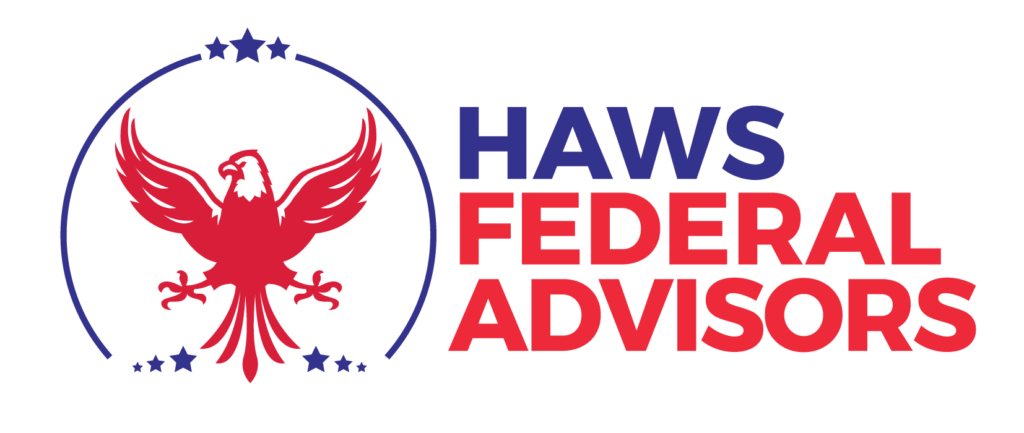I am not at all qualified to give advice on recovering from the actual disease but as we all know, Covid-19 has had many financial symptoms as well as physical. And feds are only partly immune.
Federal employees are blessed to have incredible job security. Most people around the country simply don’t enjoy that privilege. But as many feds are well aware, the TSP was not protected from the downturn.
The TSP is an amazing retirement saving tool that most private plans simply can’t compete with. The match is awesome and the fees are ridiculously low. In most cases, I discourage feds from moving their money to outside the TSP.
But all this being said, just like any other investment, the TSP can and will go down. That is simply the nature of investing and the stock market. While many consequences of the coronavirus are unprecedented, how the stock market reacted is not.
Depending on the source, there have been about 25 bear markets in the last 90 years (A bear market is when the market drops by at least 20%). That averages out to one about every 3.6 years. Based on that, the only thing that is unprecedented about this market drop is why it took so long after 11 years of growth.
Now, I am not trying to discourage people from investing. Investing is essential to building wealth and fighting inflation throughout your career and retirement. All I am trying to do is educate people on what is normal so that they know how to react the next time this happens. Just remember, most feds have already lived through 4-6 bear markets/recessions and will probably live through at least that many more.
The trick is knowing what your investment strategy is and sticking to it. Some try to time the market and go to the G-fund right before the market goes down. The problem is that no one knows when exactly the market will go down or come back up. Someone might guess right a few times but they only have to be wrong a couple of times to destroy years of growth. Even professional investors can’t consistently time the market.
One of the reasons that this is so difficult is because a huge portion of stock market growth happens just a few days a year. And if it so happens that you are in the G-fund during those days then your returns will be much worse than those that just stayed invested. This graph shows just how powerful this principle is. It comes from a study done by Fidelity on what would happen to a hypothetical $10,000 investment into an S&P 500 index fund (comparable to the C fund) from 1980 to 2018.
(Graphic from thesimpledollar.com)
As the graph shows, those that stayed invested the whole time would have turned their $10,000 into $708,143 but by missing only the 5 best trading days they’d only have $458,476. And the results only get worse as you miss more of the best days.
During the 38 year period that this study covered, there were about 10,000 trading days. That means that if we try to time the market, we are trying to pick 5 days out of 10,000. The odds aren’t in our favor. To make it even harder, most of the best trading days during this period happened in the middle of significant downturns. It is like playing russian roulette with your retirement savings where 99,995 out of 10,000 times you lose.
The best strategy just happens to be the most stress-free one as well. Decide what your long-term investment strategy is and stick to it. Don’t worry about what the market is doing. Worry about what you are doing. Focus on what you can control and not on what you can’t. This will not only improve your TSP outcomes but improve your life as a whole.


